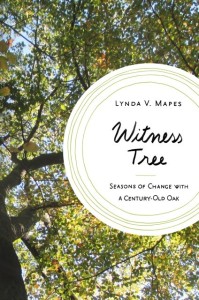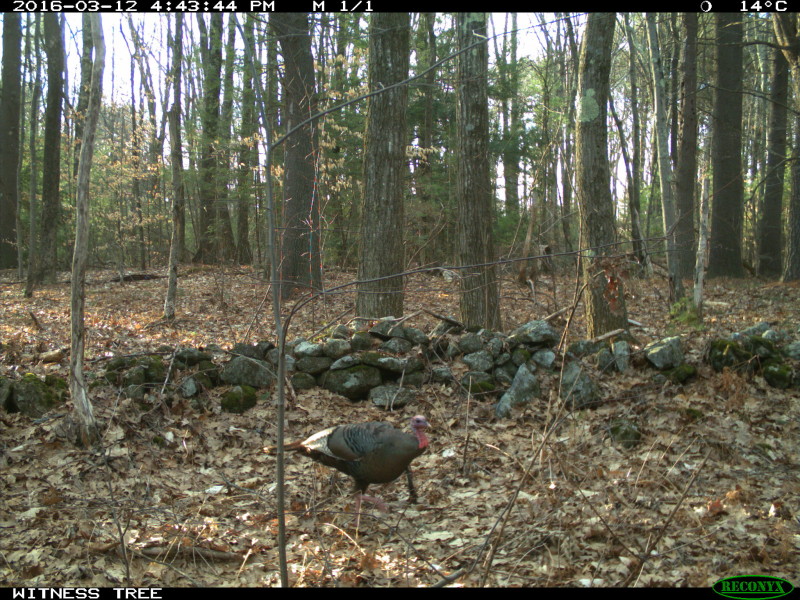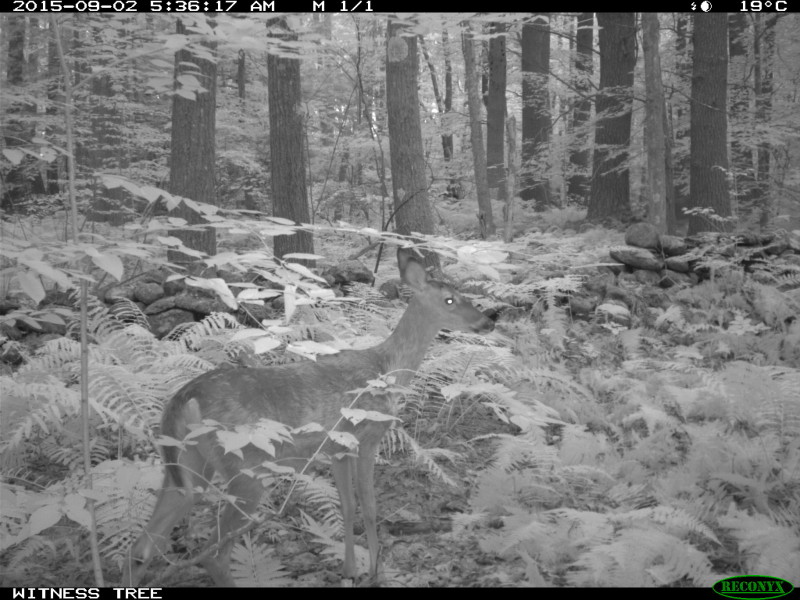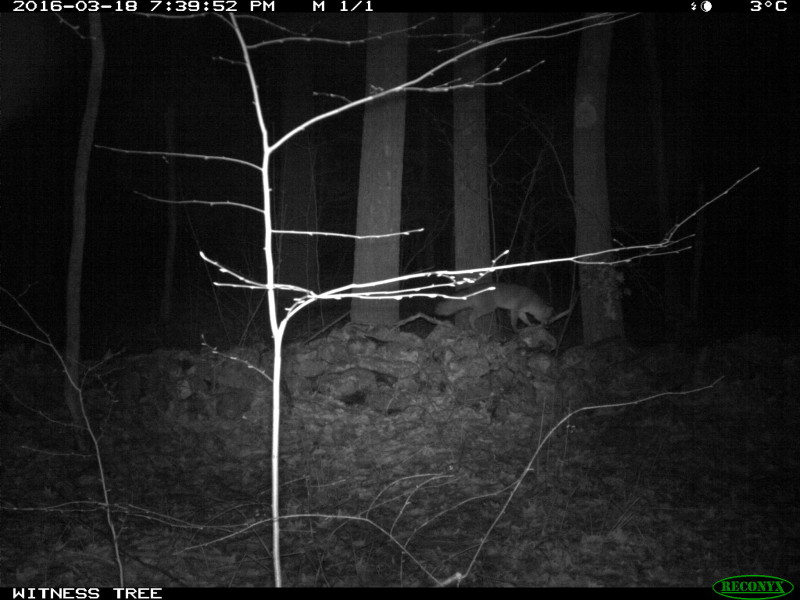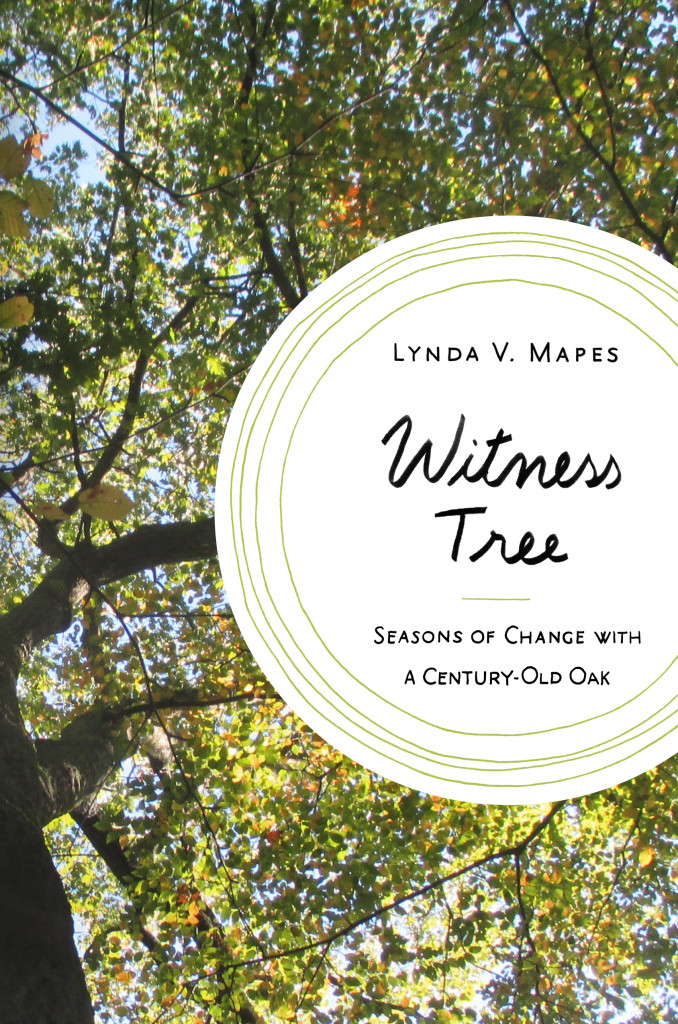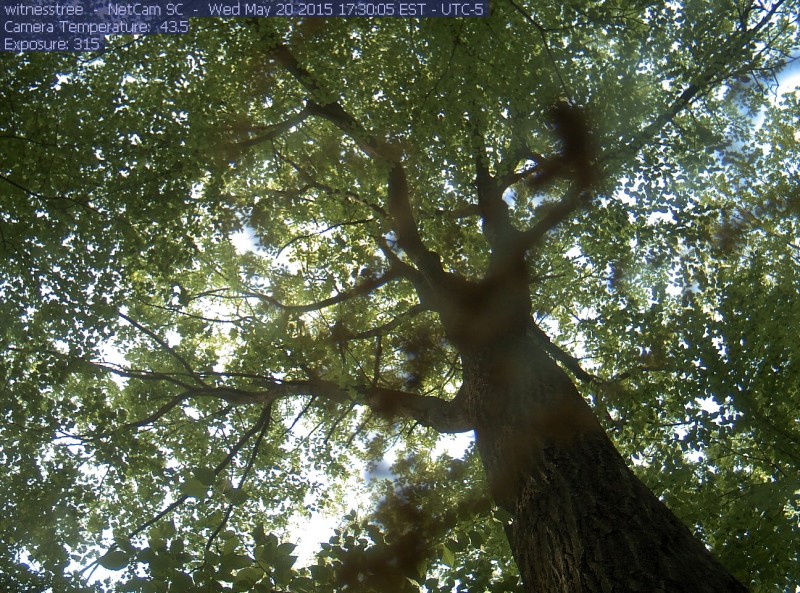Lovely press for Witness Tree
April 11, 2017
A little DIY (Do It Yourself) press this Sunday in the Pacific Magazine of the Seattle Times. How lovely to see the tree in newspaper boxes all over Seattle. I wrote this piece using photographs from my time at the Harvard Forest and recounted my time climbing the tree. Was lovely to relive it all over again!
Thanks to Bellamy Pailthorp at Seattle’s public radio KNKX for this terrific radio interview, recorded under one of Seattle’s most glorious red oaks…we call this tree The Queen for every good reason.
And thanks to Joel Connelly for this great review in the Seattle Post-Intelligencer. Looking forward to the book launch tonight at the Seattle Public Library, and headed east soon for the celebrations at the Harvard Forest 7 pm May 2 and Arnold Arboretum at 6 pm May 5. Hope to see you there!
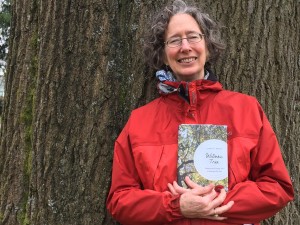
It’s publication day for Witness Tree. Celebrating with The Queen, a massive red oak at Seattle’s Volunteer Park.
Talking about Witness Tree on Q13 Fox today.
April 8, 2017
Just as the buds finally start opening on the trees, the buzz is building for the launch for Witness Tree. I’ll be kicking off a spring series of parties and readings on both coasts beginning at the downtown branch of the Seattle Public Library Tuesday April 11 at 7 pm. 1000 4th Ave. Seattle area friends, hope to see you there! Boston and Petersham friends, I’ll be there for readings at the Harvard Forest May 2 at 7 pm and at Arnold Arboretum May 5 at 6 pm. Meanwhile, I went on Q13 Fox this morning to talk about the book. Enjoy this short clip!
Lovely recognition for Witness Tree in NYT Book Review
March 20, 2017
How fun to open the New York Times Book Review today and find these nice words for Witness Tree
Very busy planning the launch April 11 in Seattle at our beautiful downtown public library, co-presented by the Elisabeth C. Miller Library of the University of Washington Botanic Gardens and the School of Environmental and Forest Sciences at the College of the Environment at the University of Washington.
Seattle friends, hope to see you there! Doors open at 7 pm
Then soon it will be time to head east to launch Witness Tree at the Harvard Forest May 2 and the Arnold Arboretum
on May 5.
First national review for Witness Tree, and it’s a beauty!
February 3, 2017
An update on Witness Tree, the book about my year with the big oak at the Harvard Forest.
The first national review is in, a starred review in Kirkus Reviews:
“A textured story of a rapidly changing natural world and our relationship to it, told through the lens of one tree over four seasons.Seattle Times environmental reporter Mapes (Breaking Ground: The Lower Elwha Klallam Tribe and the Unearthing of Tse-whit-zen Village, 2015, etc.) first encountered the Harvard Forest as a Knight Science Journalism Fellow, returning soon afterward for a yearlong stay in the woods. Renting a room in a historic farmhouse, she sought out a majestic century-old oak to serve as her lens from which to explore the past, situate the present, and grapple with an uncertain future. Aided by a colorful team of interdisciplinary experts, Mapes tells a dynamic story from multiple perspectives, including from a hammock in the canopy of the tree. Understanding trees simultaneously as utility and commodity, as ritual and relic, as beings with agency and sustainers of life, the author illustrates how they have found their ways into our homes and memories, our economies and language, and she reveals their places in our entangled future. Seamlessly blending elements of physics, ecology, biology, phenology, sociology, and philosophy, Mapes skillfully employs her oak as a human-scaled entry point for probing larger questions. Readers bear witness to indigenous histories and colonialism, to deforestation and extraction, to industrialization and urbanization, and to the story of carbon and the indisputable realities of human-caused climate change. Understanding these phenomena to be intricately interconnected, the author probes lines falsely drawn between objectivity and emotion and between science and wonder, all while examining the nature of knowledge and the possibilities, tensions, and limitations of science. Passionately discrediting the notion that humans and nature are separate, she links this flawed belief to the root of our current ecological crisis and calls for a reimagining of the ways of being together in the world. A meticulously, beautifully layered portrayal of vulnerability and loss, renewal and hope, this extensively researched yet deeply personal book is a timely call to bear witness and to act in an age of climate-change denial.”
Pre order the book and mark your calendar for launches in Seattle, Petersham, and the Arnold Arboretum!
In Seattle, May 2, at the Seattle Public Library downtown
In Petersham, at the Harvard Forest Fisher Museum, May 2
In Boston, at the Arnold Arboretum, May 5.
More events to come.
The wonder and charisma of animals
November 6, 2016
I just returned home to Seattle from a grueling reporting trip to North Dakota for the Seattle Times, where with my colleague photographer Alan Berner we were witnessing the standoff with police from eight states against native people and their supporters opposed to the Dakota Access Pipeline. Time again during our work on the front lines and back in the protest camp, we were struck by the importance of animals.
Alan’s photos captured in our Seattle Times special report not only pepper-sprayed demonstrators and arrests — but the special role of animals, with their people.

This photo by Alan Berner of the Seattle Times shows the tender connection between people and horses at the Oceti Sakowin camp, home to hundreds of opponents of the Dakota Access Pipeline.
This beautiful horse for instance — one of many we saw in camp, and on the front lines.
But most spectacular was the herd of buffalo that spontaneously flowed over the prairie as demonstrators were facing one of their hardest days on the front lines, on October 27th, 2016. Demonstrators were outnumbered and outgunned by police from six states in armored personnel carriers, ATVs and using pepper spray, rubber bullets, bean bag shot guns. They were arresting demonstrators by the hundreds. But just then, over the hills came the spirit animal of the Dakota/Lakota people, by the thousands. Tatanka. The buffalo. People screamed. Shouted. Wept. Here they were: their oldest friends, in their hour of need.

Buffalo surge across the Great Plains, just when demonstrators needed them most. People wept and screamed with joy at the sight. Photo by Alan Berner, The Seattle Times
I was struck all over again at how animals tell us where and how we are in our human lives, and remind us that we are embedded in nature. When I was reporting my book Witness Tree, while at the Harvard Forest in 2014-15, it was the animals that told the story of the change in the New England woods as much as the trees that now cover what used to be farms.
We put a wildlife camera up in the woods to see who would come by the big oak I was studying that year. And what a wonder it was to see the menagerie that had returned to New England, now that the trees are back. Here are some looks at the wildlife camera from the card I downloaded on trip back last September:
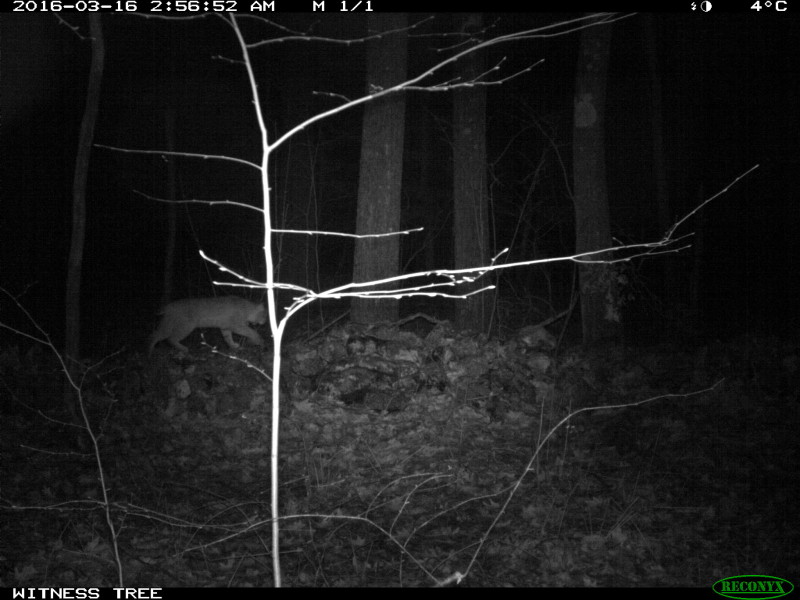
A bobcat cruises down the stone wall by the Witness Tree, the big oak I studied at the Harvard Forest
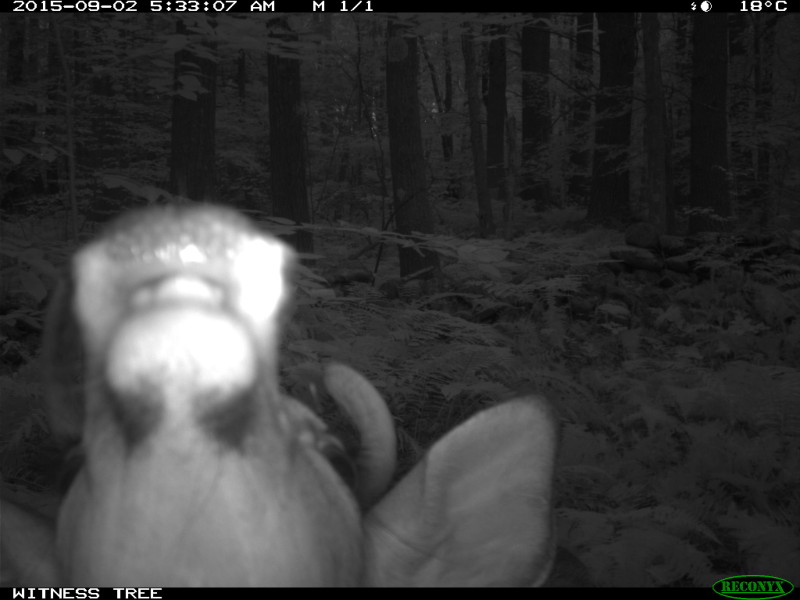
Not sure what is happening in this photo but pretty sure it involves a young buck. Isn’t that an antler by his ear?
Returning to the places they were long run out of, whether buffalo of the Great Plains of the native wildlife of New England, animals are our fellow travelers on this earth. They remind us often when it seems we need it most of our place in a wondrous world, far bigger than ourselves.
Such a beautiful cover for Witness Tree
August 21, 2016
The folks at Bloomsbury Publishing have been hard at work editing, copyediting, and designing my forthcoming book, Witness Tree, due out next spring. The book is the story of climate change, told through the life of a single, 100-year old red oak tree. I spent 2013-15 researching it first as a Knight Fellow in Science Journalism at MIT and then a Bullard Fellow in Forest Research at the Harvard Forest, where this beautiful tree lives. My day in and day out companion for a year in residence at the forest, its beautiful, wild life is the inspiration and storyline of my book. A living timeline, it tells the story of our changing relationship with nature, and all that has meant for our living world.
Living with this tree and learning its story changed my life, and I hope it changes yours. To see deeply into the life of one living thing is to see your own life much more clearly.
One of the most fun parts of any book (if it goes well) is the selection of the cover.
Here’s what soon will be coming to a bookstore near you:
I think it beautifully captures the glow, the majesty and gorgeous wild life of this single, beautiful oak through which I came to learn, and see so much.
Back with more updates on the project soon, including my trip to the Harvard Forest next month to see my tree, and climb it again along with others during the Women’s Tree Climbing Workshop.
A BEAUTIFUL NEW WITNESS TREE HOMEPAGE
June 4, 2015
Enjoy the beautiful new homepage for my Witness Tree project on the Harvard Forest website, where all the content about my book in the making is conveniently organized in one, lovely spot. The new video trailer about my book project is there, as well as a link to this Witness Tree blog, and the live web cam that’s up and running under the tree. Have a look and enjoy! With many thanks to Clarisse Hart, outreach and development manager at the forest for putting it together, as well as this terrific highlight on the video.
Meanwhile, the big oak is continuing to leaf out. Its leaves are about three quarters developed. They are not quite as fully green or stiff yet as they will be in just a few more weeks. The leaves still have that tender, pale look of new, growing foliage. Here’s a look on the webcam from this morning:

WITNESS TREE: THE MOVIE
May 20, 2015
Have a look at this wonderful video about my book in the works, Witness Tree.
Big thanks to my friends at the Knight Fellowship in Science Journalism at MIT for their work creating this amazing trailer about my project exploring the human and natural history of a 100-year old red oak here at the Harvard Forest for my book, forthcoming from Bloomsbury Publishing.
The crew from the Knight Program made lots of trips out to the forest beginning last fall to make this film, recording in all kinds of weather and even climbing the big oak with me with help from champion tree climbers Bear and Melissa LeVangie of Trees New England.
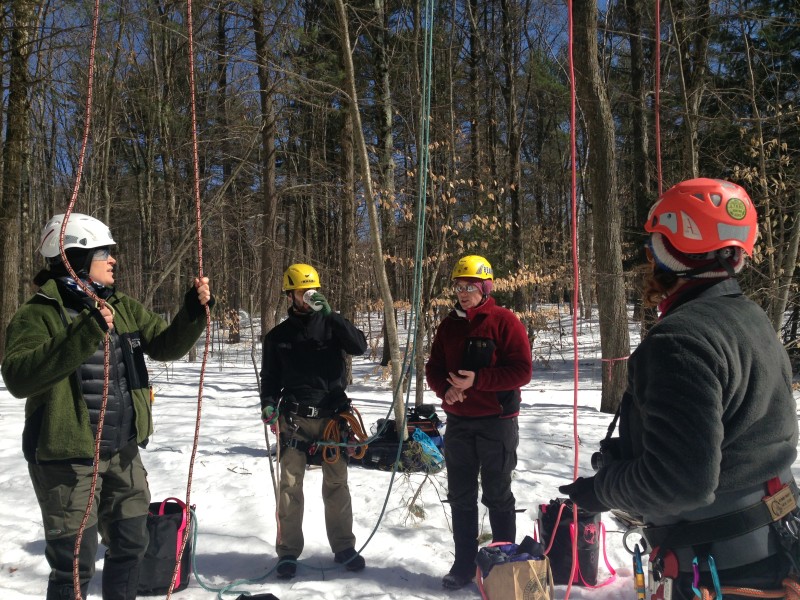
Getting ready to climb the big oak last March with Melissa, green fleece, and Bear, red fleece. That’s Patrick chugging the last of his coffee, and Rachael.
Several fellows in the Knight program this year recorded footage, including Rachael Buchanan a medical producer at the BBC, who also worked up a beautiful animation segment. Patrick Wellever, former director of multi-media training for the program, now headed to a great new job at National Geographic, was the film’s mastermind and producer.
I’m doubly grateful to the Knight program because I got the idea for this book while a Knight Fellow in 2013-14 and a guest in the Richardson Lab at Harvard University. That work paid off with a book contract, and a Bullard Fellowship in Forest Research at the Harvard Forest this year, where I have been since last fall, at work on the book.
The trailer captures the project and magic of the big oak perfectly.
I love the combination of experiences in the film, from the climb, to the animation, and some great time lapse of the tree going through its seasonal year, captured from the web cam that the Knight program also provided for my project. The web cam photographs the tree as it winds through its seasonal gyre. Fresh images of the tree are uploaded to the Harvard Forest web cam page every 30 minutes during daylight hours, year round.
The tree looks particularly beautiful today in its fresh new leaves, emerged only a week or so ago. That bit of wiggle in the image is maybe a slug trail, I think, on the cover over the lens. I’ll head over to the tree after I type this to have a look, and wipe it off. Easier than brushing snow off the cover all winter! But I don’t know…slug trails and black flies versus snow…I’ll have to think about that one…but I know this for sure. It’s always good to be out with the tree.
A FAST-FORWARD SPRING AT THE HARVARD FOREST
May 11, 2015
Well after all that drama this year’s spring turned out to be, what would you guess….early? Late? Or just about …normal.
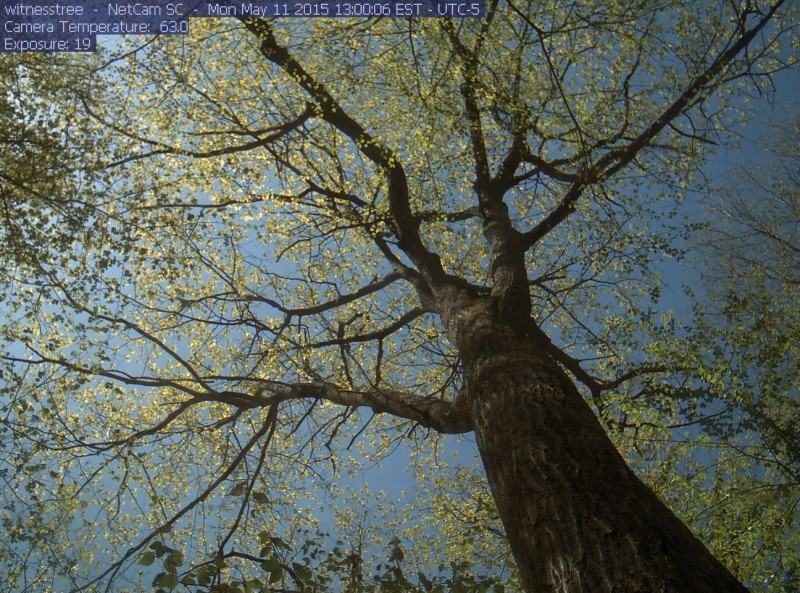
The red oak I am studying at the Harvard Forest for my book Witness Tree is about half into its leaves. This image is from the web cam that uploads images of the tree every half hour to the Harvard Forest home page.
Exactly. Boston saw record cold, and the Woods Crew here at the Forest – my authority on winter — can’t remember a snowier, tougher season. We all thought spring would take its sweet time.
But the big surprise is that spring at the Harvard Forest is right dead on mean average normal for the past 25 years. Not only that, but after a cool April without much happening, in May it suddenly turned and then stayed hot, with temperatures in the 70s and upper 80s, creating an unusually compressed season. A fast-forward spring. We have shot into tank top weather so fast it seems impossible that there were more than two feet of snow on the ground a month ago. Now here we are with the trees already at least half in their leaves – and some are further along than that.
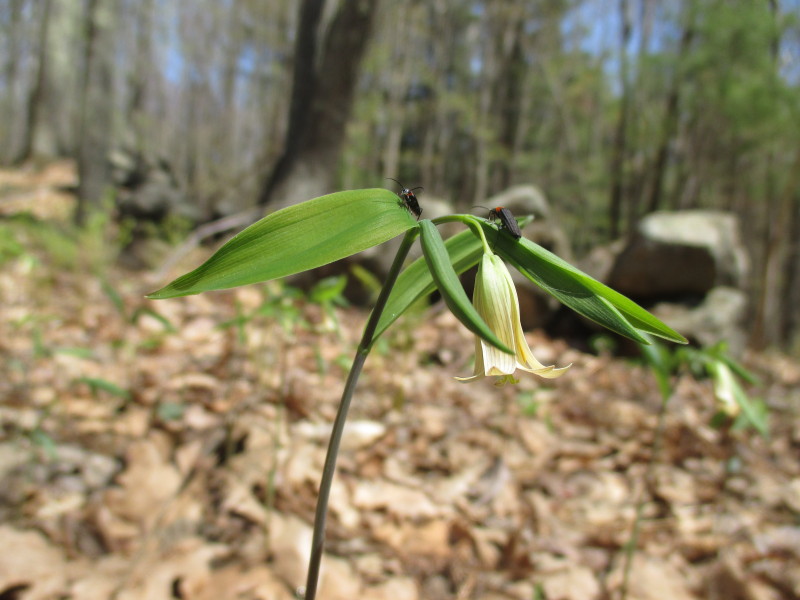
A lovely sessile-leaved bellwort hosts a pair of soldier beetles. Now is the time of the spring ephemeral wildflowers, with more species coming into bloom by the day.
“It wasn’t early. It wasn’t late. But it was very compressed, that’s the takeaway,” said John O’Keefe, field phenologist at the Harvard Forest just back from surveying his trees this afternoon, tracking bud emergence and leaf growth.
Usually, it takes about three weeks or longer for all the species he tracks to leaf out. But this year just about all of the 42 trees John tracks in the spring for leaf emergence, from red oaks to beeches, birches, black cherry, red maple, paper birch, trembling aspen and striped maple broke bud within a week’s time.
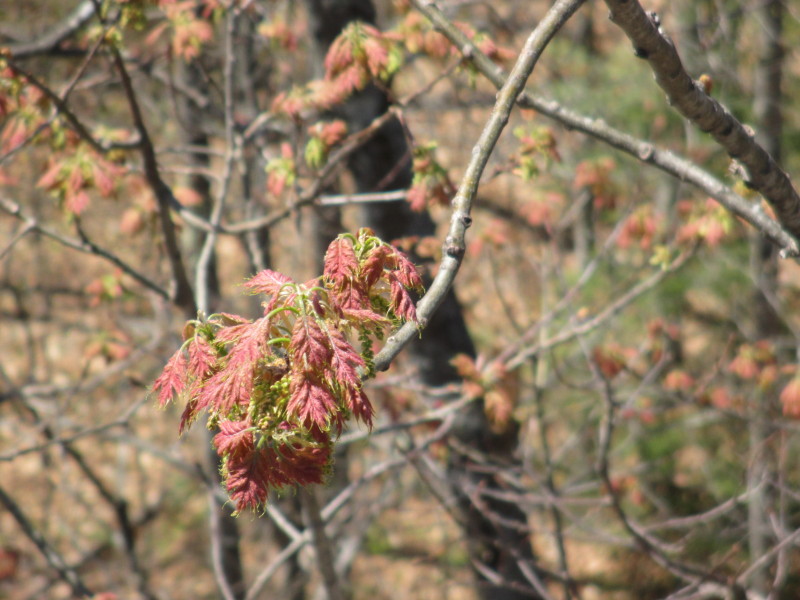
Natal leaves emerge on the red oaks, pink and furry. The color and fuzz protect the young leaves from sun scald and drying winds.
“Everything was primed, and popped at once. It’s been hot, and it’s still hot today, I bet there will be more out now than when I looked this morning. I’ll bet by Friday it’s 100 percent emergence.”
John records bud break when the entire leaf is first visible, to the base of the stem. By his survey today, every tree he checks was in more than 50 percent bud break. The only laggards were one white oak, a white ash, and a red maple – only because it has so many flowers. By the next day the ash was in leaf, too.
It’s not just the trees that are booming into spring. The animals and birds are back, too. I saw a lovely garter snake today. On Saturday, visiting students from the Harvard Extension School discovered a yellow spotted and red backed salamander under a log. You can see a video made by Louise Johnson from her visit here. The warblers are out in force, and I’ve seen my first scarlet tanagers, one of the most shockingly red birds in the woods. The wood frogs are long finished calling and the ponds I check are replete with egg masses. The peepers are still going strong, even using a little pond in the cow pasture behind my house.
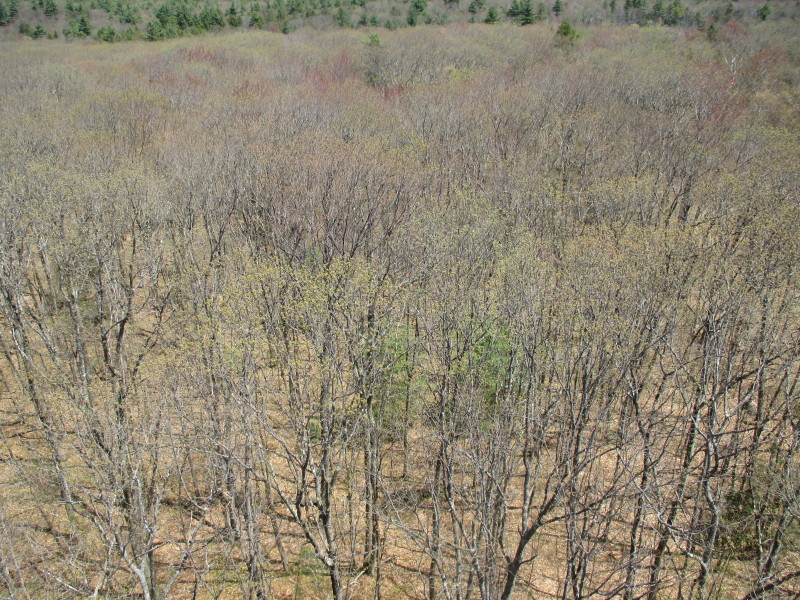
Viewed from the walk-up tower above the tree canopy at the Harvard Forest the red oaks are a soft sea of bloom and new leaf.
As I write this, the fragrance of Korean spice viburnum, two floors down outside the back door of Shaler Hall, is drifting in the window to my office which is deliciously wide open to the spring breeze.
Speaking of flowers. Now is the time of the spring ephemerals. Flowers and forest herbs began emerging and blooming a week ago and it won’t be long before the tree canopy closes and the show is over. Ferns are already nearly knee high.
Spring ephemeral wildflowers and herbs take advantage of the sunlight pouring through the tree canopy before the leaves are fully out. The forest floor is receiving its maximum light and sun right now – and more species are in flower by the day.
John began tracking the seasonal timing of the forest canopy and woodland shrubs in 1990. His records have become particularly valuable because he has compiled such a long record by a single observer. This was his 26th spring walking his 2.5 mile survey in the woods.

John O’Keefe explains his data collection method to visitors at the Harvard Forest. He is tracking his 26th spring at the forest this year.
Phenology – observance of biological events in nature that are influenced by climate – is an ancient practice, with new scientific relevance because it shows the influence of global change on living things. Here at the Harvard Forest, John’s data shows spring on average is arriving earlier, fall later, and winter is squeezed on both ends. The growing season over 25 years John has been observing these woods has extended by about four and a half days, with most of the extension coming with later onset of fall.


